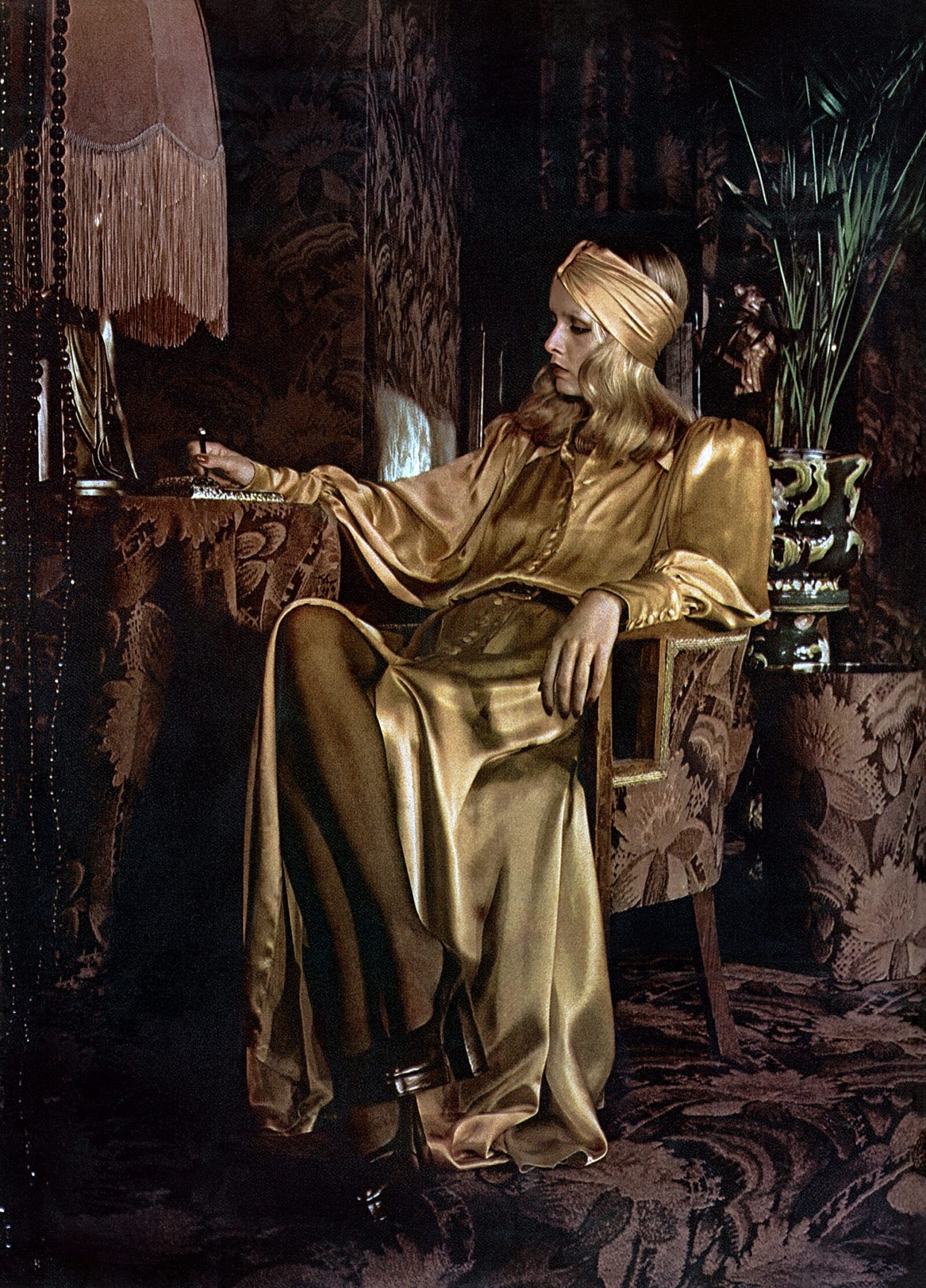The BIBA Story, 1964-1975.
The Fashion and Textiles Museum is a unique creative hub, museum and workshop space in London’s edgy Bermondsey. It’s also where the UK fashion doyenne Zandra Rhodes lives and works, overseeing a roster of exhibits that celebrate the craft, creativity and history of fashion and textiles.
This year the museum has presented a first comprehensive exhibition of BIBA:

BIBA was the first real lifestyle brand, created by its legendary founder, Barbara Hulanicki, and it dominated the London’s fashion landscape in the 60s and 70s
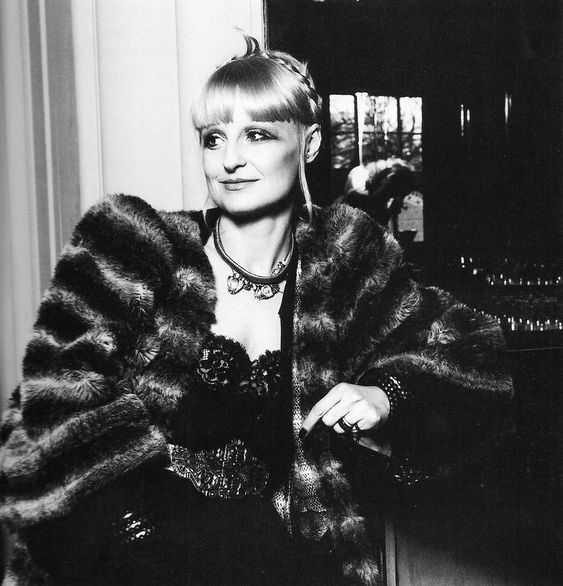
The brand had a meteoric rise from a mail order catalogue in 1963 to a fashion destination buzzy boutique in Church Street Kensington, culminating in the acquisition and remodeling of a beautiful seven-storey department store on Kensington High Street. It was a phenomenon that has never been replicated.
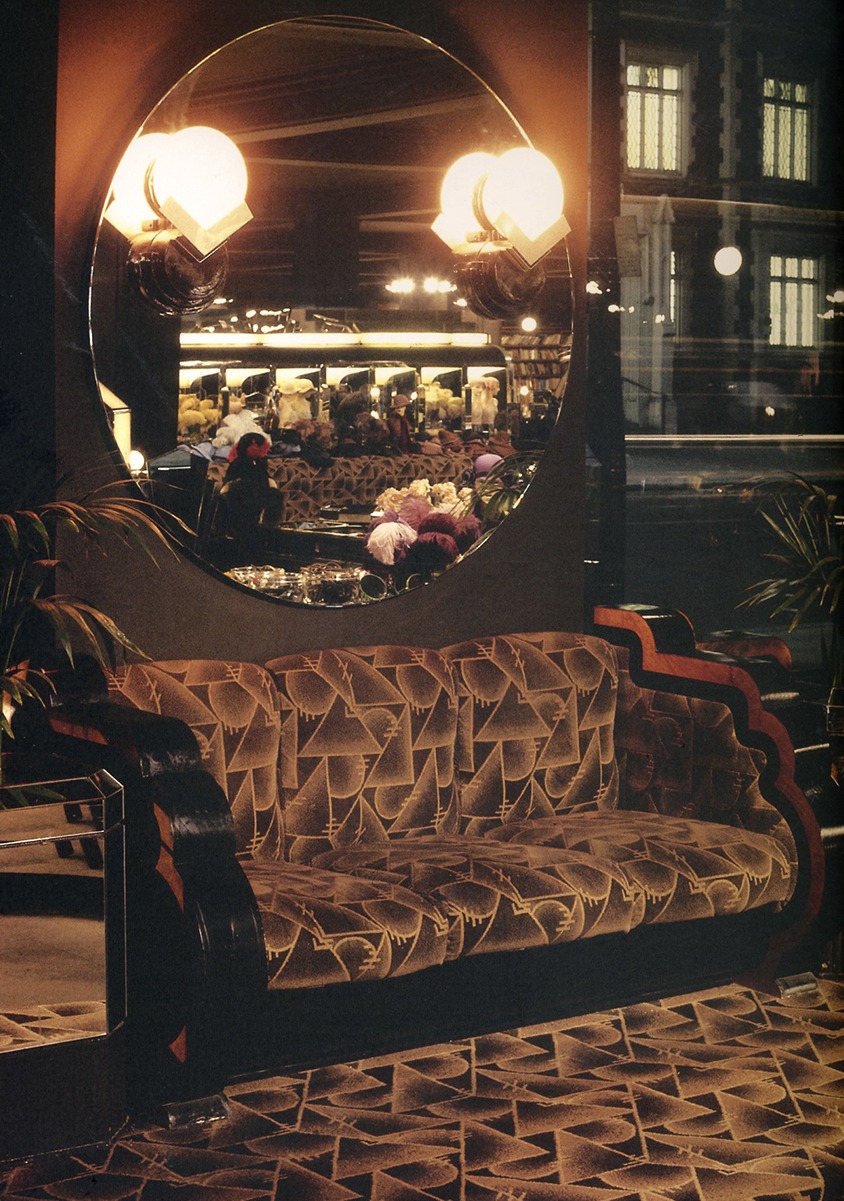
Unpicking the chronology of Hulanicki’s impact on fashion we can trace her rise first with through her amazing fashion illustrations which reset the ‘look’ of the era
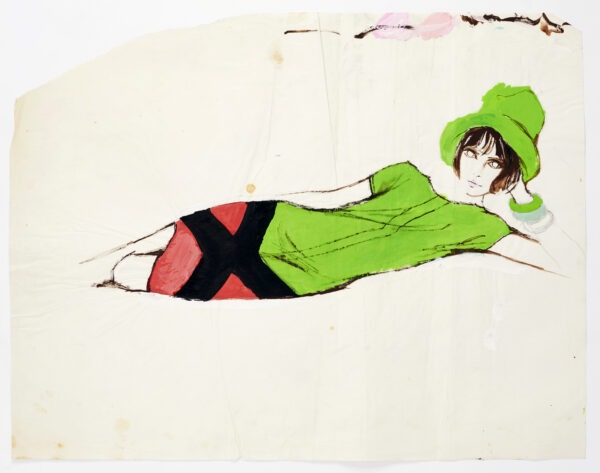
They were an early blueprint that helped visualise her unique shapes and early silhouettes of short, hip skimming, flirty shift dresses, morphing into glamorous devoré wraps, sequinned bodices, leopard print coats, trouser suits, soft floppy hats and feather boas and new colour moods with multi layers of mulberry, plum, rust and blueberry that came to epitomise the later Biba look.
|
|
|
The Biba store was a magnet for the fashion youth of the 70s. The interiors were expansive and expressive with a luxe reimagining of a 30s vibe: velvet sofas filled the floor to ceiling street windows where the louche youth of London would relax to see and be seen. Here they could shop for small scale accessories: Hats, belts bags, perfume, make up and even a food hall where the packaging followed suit in a daring black and white deco style.“Biba was a happening, a mood, a new way to live”
Affordable fast fashion was the key but also a higher level of democratic couture look could be found on the upper floors.
The top floor had by the glorious Rainbow Room for dining and events and a lush roof garden with in-house wildlife completed the dreamscape.
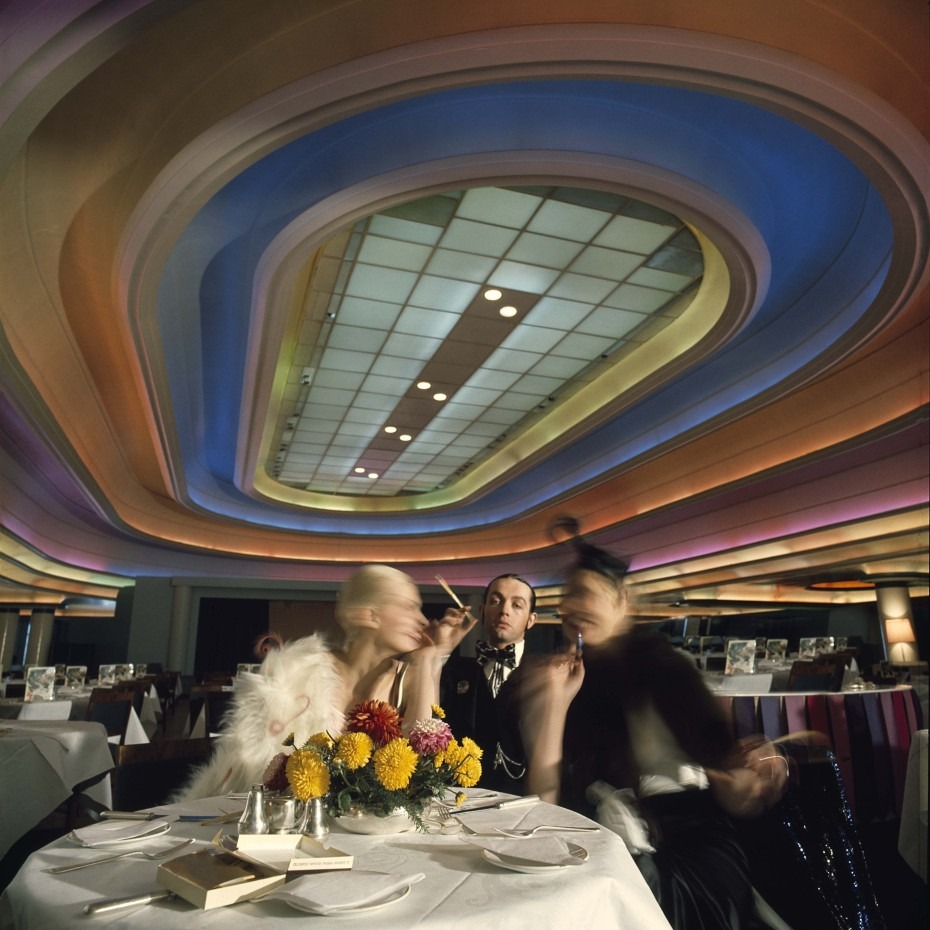

Driven by the vision of Barbara Hulanicki, Biba as we knew and loved it lasted for just over 10 years and it remains influential to this day and interest in this cult fashion and lifestyle label has never waned. Never before had a company brought affordable fashion to the youth market, whilst simultaneously instigating innovations in retailing which are still with us to today.
“It isn’t just selling dresses, it’s a whole way of life.” Barbara Hulanicki, 1970.
The Biba Story, 1964-1975 runs 22 March to 8 September 2024. https://fashiontextilemuseum.org/
Sandy MacLennan has worked in fashion and textiles for over 40 years. He was sensitised by Biba as a youth visiting the store and soaking up the energy, going on to hone his design skills in consultancy, colour forecasting, teaching and journalism.


